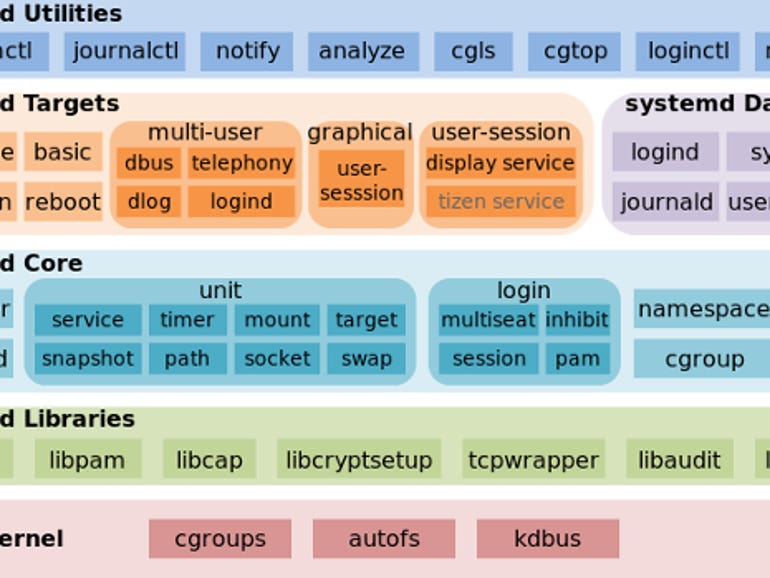leah blogs: How to properly shut down a Linux system
In a previous post, I discussed how you can determine that you are pid 1, the init process, when the system is booting. Today, we’ll consider the end of the init process: system shutdown.
If you look into a book on Unix system administration, the classic way to manually turn off a Unix system contains a few steps:
What step 1 essentially does is is kill all processes (except for pid 1), and spawn a new shell. (Unix doesn’t have a concept of “single-user mode” in kernel space.) This is necessary to orderly stop all daemons, kill all remaining user processes, and close open files that would stop step 2 from progressing.
Step 3 is necessary to ensure the root file system is in a consistent state. Since we cannot unmount it (we still use it!), remounting it read-only is the best available way to ensure consistency.
Now, since this is not my first rodeo with writing custom init scripts, I’ve implemented these steps a bunch of times and found out some things which were not obvious.


















